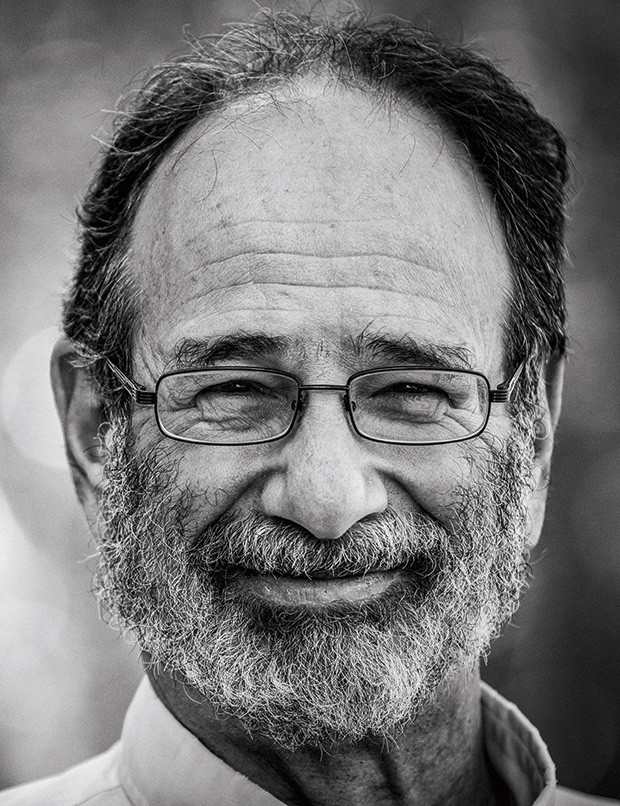When I speak about repugnant transactions--transactions that some people would like to engage in but others think they shouldn't--I don't normally include dietary restrictions of a religious sort, like those which make food kosher or hallal (or vegetarian or vegan) since those restrictions are normally applied by people to themselves, not to others. Thus most observant Jews don't think that non-Jews should keep kosher, and many vegetarians think that what you eat is a matter of personal preference.
However, within a religious community, what is allowed can be a matter of public discussion. Haaretz has a (late breaking) account of the discussion of storks, in medieval Spain. Perhaps storks aren't kosher because of a translation error?
How Rashi Got the Jews to Stop Eating Storks
A young rabbi in medieval Spain, scandalized by local laxness, sparks a bitter battle over bird on the plate
By Elon Gilad Jul 30, 2018
"During the second half of the 11th century, Rashi labored on his commentary of the Bible and the Babylonian Talmud, which became and still are highly influential. It was in these that Rashi identified the khasida with the stork, apparently for the first time.
Rashi could not read Arabic and was thus cut off from the traditions of the Geonim. He based his commentary of the oral tradition he received from his teachers, and his own power of logic.
With regard to the identity of the 20 unclean birds listed in the Bible, Rashi apparently did not receive a precise identification of each one. He writes in his commentary that the anafa, the bird coming right after the khasida in the list, was a heron - “I think.”
He may have been more certain regarding the khasida, since he doesn’t qualify that its identification was based on conjecture, but it probably was.
...
The influence of Rashi’s commentaries was immense. Once Rashi identified the khasida with the stork, this became the traditional view among European Jews with in just a few generations. Over time this tradition spread throughout the Jewish world, and into Christian vernacular translations of the Bible.
The identification of the khasida with the stork began to spread throughout Spanish Jewry as we have seen with the arrival of Asher ben Jehiel and his family at the turn of the 14th century, and Spanish Jews gradually stopped eating the bird.
When the Jews of Spain were expelled in 1492, they took the ban on stork to Jewish communities throughout the Arabic-speaking world, and these communities too stopped eating storks. Eventually all Jews accepted Rashi’s identification of the biblical khasida with the stork and today all Jews accept that storks are not kosher."

























